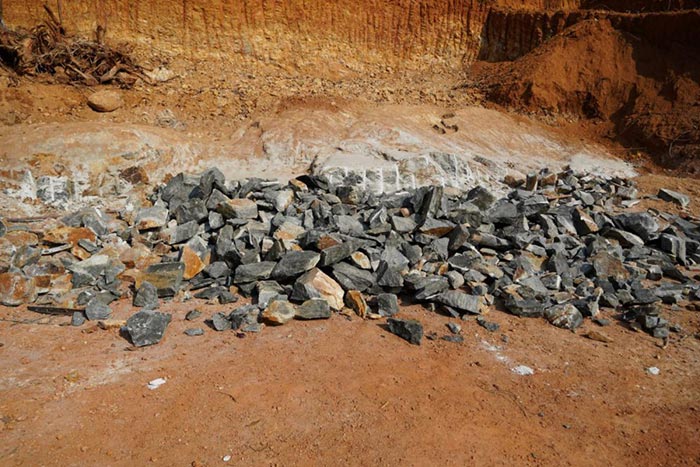Matt Montalbano, Zondits staff, 5/12/2022
Electrification in the transportation sector will be driven by batteries. And for the foreseeable future, specifically lithium-ion batteries. With the demand for electric vehicles (EV) around the world on the rise, producers will look to increase lithium extraction to meet the market needs. According to a World Bank Group report, the global demand for lithium is expected to increase nearly 500% from the 2018 levels by the year 2050. Today, the most common forms of lithium extraction techniques are open-pit mines and evaporation ponds. Both approaches have major environment impacts, including large scale land disruption, contamination risks to local water sources, and heavy consumption of fossil fuels for extraction and processing.
The environmental impacts of lithium mining are often cited by opponents of the push for electrification in the transportation sector and are serious considerations when setting state and federal policies. Also of note, global lithium reserves to date have been tapped mostly in foreign countries. Chile, Australia, Argentina, and China comprise about 91% of the global lithium extraction, while the U.S. only accounts for about 2.6%. Relying so heavily on global supply chains has in the last two years shown to be more fragile than previously thought and can present economic hurdles if that trade is disrupted. This means the U.S. and corporate entities will have to choose between increasing the import of lithium or look for new ways of increasing the domestic extraction.
Direct Lithium Extraction (DLE) might be an answer to help reduce the environmental impact of open-pit mines and how to make that extraction domestic. DLE looks to tap into reserves in underground lithium containing saltwater-brine reservoirs. At least 70% of the U.S. lithium deposits are held in brine reserves, according to the Department of Energy (DOE). To extract materials, the brine is pumped aboveground and the lithium is collected using one of several separation methods. The whole process takes place in a single warehouse-sized facility, greatly reducing the footprint of a traditional mining pit, and requires less on-site energy usage. For added electrification benefits, some DLE projects are looking to extract from brine already being pumped at geothermal power plants. According to an article from the National Renewable Energy Laboratory, DLE has the potential to increase U.S. lithium reserves by 10 times the current levels, just from California’s Salton Sea alone. Major players in the EV revolution see the market possibilities for DLE and are investing heavily in the technology.
Although DLE promises to provide an environmental solution to open pit mines, there are existing hurdles to overcome. The process often uses considerable amounts of potable water and electricity, and no facilities are operational at commercial scale yet. Several entities are actively working on solutions to resolve issues of concern. With the current level of economic investment in DLE, investors are clearly betting that DLE offers a chance to produce lithium more efficiently in areas where open-pit mines face strong opposition and that there is a huge potential for the technology. With the growing global demand for electrified transportation, an increase in lithium supplies will be needed and it will be beneficial to source the materials in an efficient and environmentally-friendly manner.
Read more about lithium mining here:

